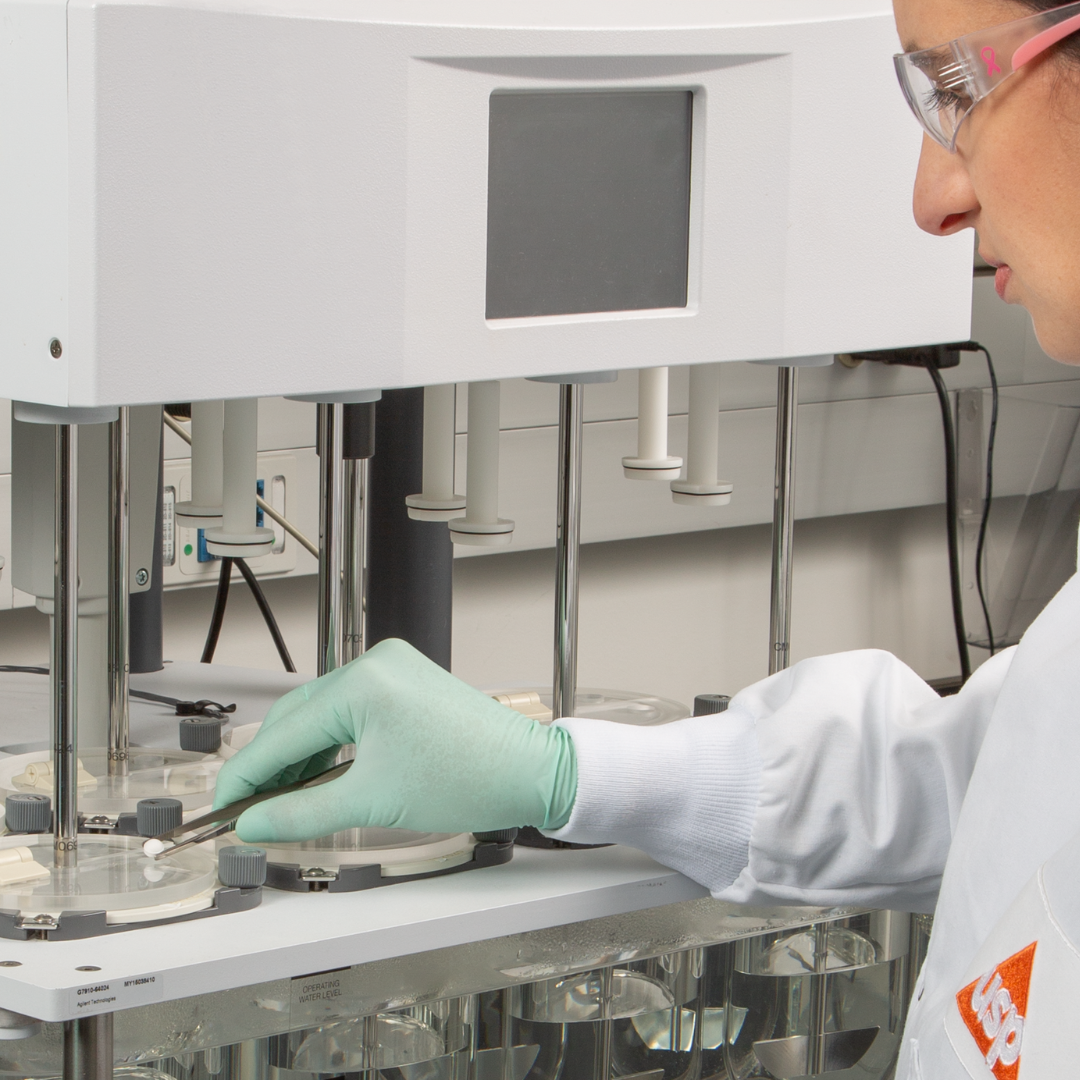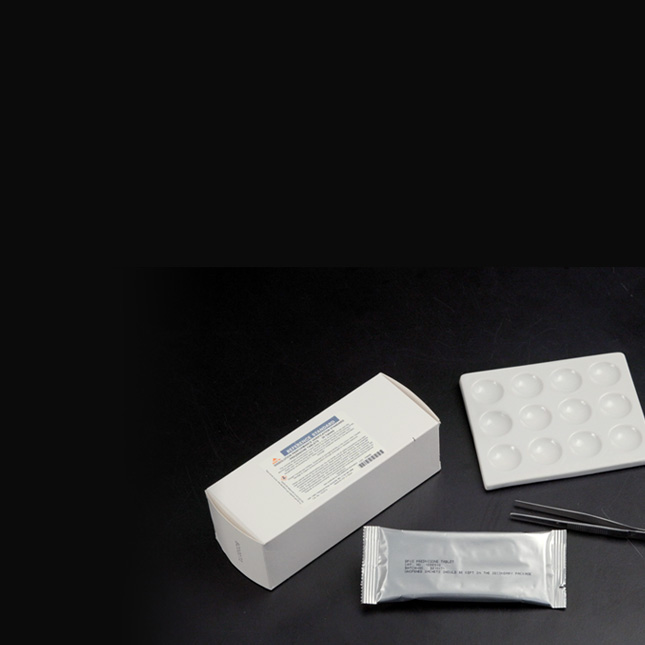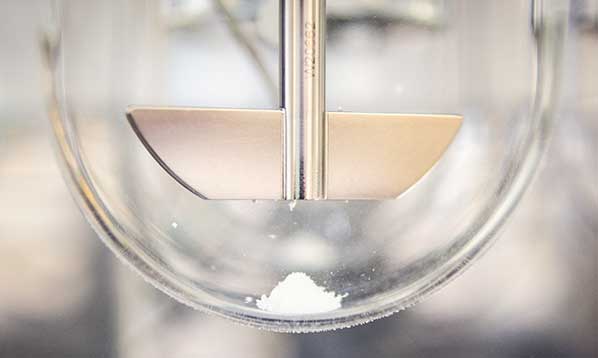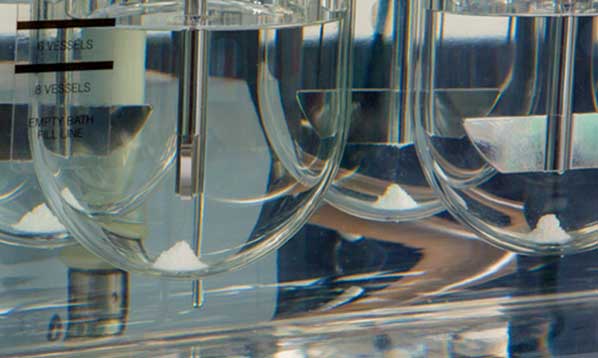Dissolution is the process in which a substance forms a solution. Dissolution testing measures the extent and rate of solution formation from a dosage form, such as tablet, capsule, ointment, etc. The dissolution of a drug is important for its bioavailability and therapeutic effectiveness. Dissolution and drug release are terms used interchangeably.
To properly evaluate the dissolution of drug products, it is critical for procedures to be standardized. This standardization helps to show consistent quality in production and may serve as a predictive measure of efficacy.
A dissolution test uses an apparatus with specific test conditions in combination with acceptance criteria to evaluate the performance of the product. General chapter <711> Dissolution includes 4 standardized apparatus: basket, paddle, reciprocating cylinder, and flow-through cell. Where specified in a monograph, USP dissolution tests are legal requirements. USP training and service are designed to help you meet regulatory compliance requirements while strengthening your quality standards.






